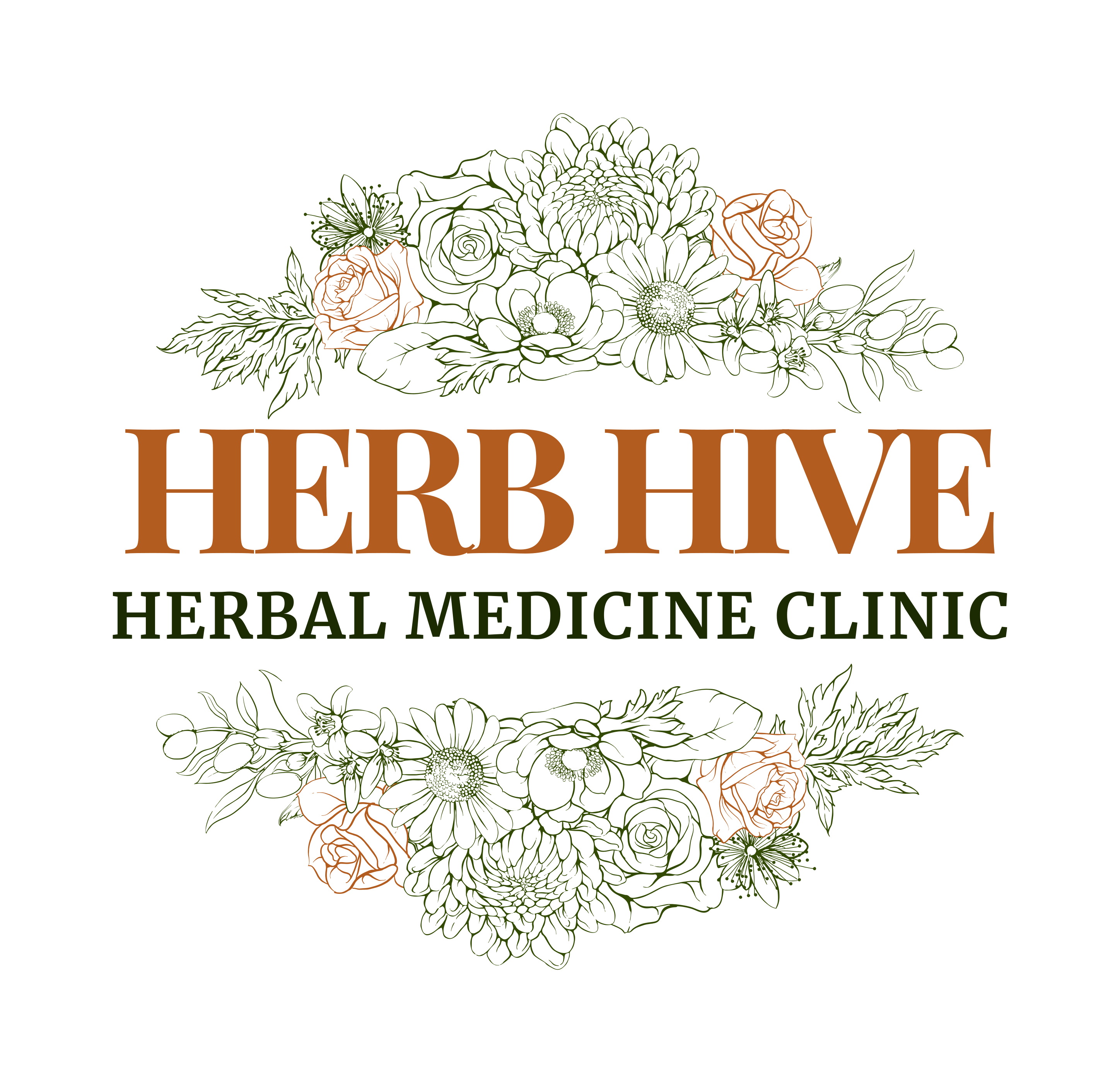Here are some Naturopathic and Herbal examples of approaches to Musculoskeletal system.
As you know we treat everyone as an individual. Iridology looks at your iris, as unique as a fingerprint for some extra information. There are more commonly seen iris types in people presenting musculoskeletal issues. People with a Neurogenic Iris disposition, have strong constitutions but push it to the limit. Another commonly seen iris type is ‘connective tissue weakness’ iris. As the name suggests while this type is more conservative with their vital force are more prone to injury and a weak digestion. Larvate Tetanic iris dispositions also commonly present with muscular pain. With this iris type, problems are more likely to stem from holding tension and stress in the body rather than wear and tear.
This system can also be viewed in tongue diagnosis from both Ayurvedic and Traditional Chinese Medicine traditions.
Weak digestion and colon in particular, is often implicated, leading to accumulations in joints. Bitter herbs can improve digestion and waste excretion while also benefiting the cardiovascular system. An herbal side effect of the digestion being improved is mood is also improved.
Vitamin D is required for calcium absorption from diet and requires Vitamin K2 for bone calcium utilisation. Sources of calcium include dairy, green leafy vegetables, almonds, sesame seeds (tahini), dried fruit, pulses, tofu (Organic!, Corn and Soya are heavily sprayed). Protein is a vital bone and collagen builder, however excessive intake can cause calcium loss.
Topical gel with herbs can be prescribed depending on presentation. For deep tissue healing, rubefacient herbs like Capsicum or wintergreen, scar reducing herbs like Centella asiatica (if I haven’t used in all in my anti-aging creams), bone mineraliser such as comfrey topically, once the professionals have confirmed leg is back in correct place as this is an extremely powerful bone strengthened (also good for use in anti-aging creams, I like to pop it on my cheek bones from time to time).
For pain Salix alba bark is exceptional or gentle Filipendula ulmaria is also astringent, anti-inflammatory and antirheumatic and detoxifying as well as painkilling. Contains salicylates. Excellent for treating stomach problems too.
Harpagophytum procumbens: Another bitter herb that is anti-inflammatory and hypotensive. Indicated for all rheumatic and arthritic diseases. Combines well with Curcuma longa, anti-inflammatory, antioxidant, anti-platelet, cholagogue, and liver protector or Zanthoxylum clavaherculis. Menyanthes trifoliata improves digestion and elimination, is anti-rheumatic and also indicated for all kinds of rheumatic and arthritic disease.
• Hydrotherapy and Epsom salt baths
Let me know if there is a body system that you would be interested in finding out more about how to nurture it and how your individuality may impact it?

Leave a comment